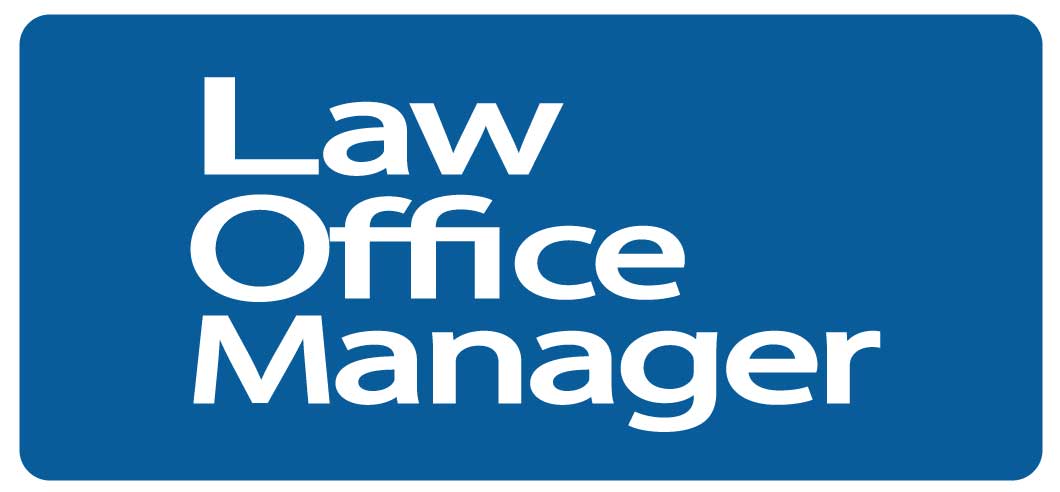Real-world scripts and de-escalation strategies for law office managers
Even the best law firms will eventually face a client who’s frustrated, emotional—or just plain rude. Legal services are high-stakes, high-stress, and often high-cost, so it’s no surprise that tensions sometimes spill over onto front desk staff, paralegals, or even the office manager.
When that happens, your team needs more than just patience. They need tools—practical strategies and ready-to-use scripts—to defuse difficult conversations while protecting the firm’s professionalism (and their own well-being).
Here’s how to help your staff stay calm, in control, and compliant when dealing with difficult clients.
🔥 First, Why Are They Angry?
Understanding the root of the frustration helps guide your response. Common triggers include:
-
Billing confusion
-
Delays in their case
-
Lack of updates or communication
-
A court decision they didn’t like
-
Misunderstanding of what the firm actually does
Often, the anger isn’t about your staff personally—but it feels personal in the moment. That’s why scripting and boundaries matter.
🧊 The Golden Rule: Stay Calm, Not Passive
Professionalism doesn’t mean letting people walk all over you. It means responding without reacting. Teach your team to:
-
Lower their tone when the client raises theirs
-
Avoid interrupting
-
Acknowledge the emotion without validating the behavior
Example:
“I can hear that you’re really frustrated, and I want to help you find a solution.”
🗣️ Go-To Scripts for Common Scenarios
🎯 1. The “I’m Not Paying That Bill” Client
What they say:
“This invoice is outrageous. I’m not paying for this!”
Suggested response:
“I understand your concern. Let me walk you through the charges so we can make sure everything is clear. If you’d like to discuss the billing structure further, I can also schedule time for you to speak with [Billing Manager / Attorney].”
🎯 2. The “I Haven’t Heard Anything” Caller
What they say:
“No one has called me back in a week. What are you people even doing over there?”
Suggested response:
“I’m really sorry you haven’t received an update—let me look into the status of your case right now. We’re committed to keeping you informed, and I’ll make sure the right person follows up with you today.”
🎯 3. The “This is All Your Fault” Accuser
What they say:
“You messed this up! You didn’t file the right papers and now I’m screwed.”
Suggested response:
“I hear that you’re upset, and I want to make sure we get the facts straight so we can address the issue properly. Let me connect you with the attorney to go over next steps.”
🎯 4. The Yeller (In Person or Phone)
What they say:
[Yelling, swearing, or raising their voice]
Suggested response:
“I want to help you, but I need us to speak respectfully in order to do that. Can we take a moment and try again?”
If they continue:
“If the conversation stays disrespectful, I will need to end this call and ask that you reach out again later.”
🧱 Teach Clear Boundaries
Your team should know they’re allowed to:
-
Pause the conversation if it gets abusive
-
Escalate to a manager when needed
-
Protect their own tone and professionalism, regardless of the client’s mood
And importantly—you, as the manager, should back them up. Burnout and staff turnover often stem from repeatedly tolerating disrespect with no support from leadership.
🛠️ Train Before Trouble Hits
Don’t wait for a blowup to teach these skills. Try this:
-
Host a 30-minute “difficult client” training once a quarter
-
Review real (anonymized) examples
-
Practice scripts as a team
-
Discuss how to balance empathy with boundaries
💬 When to Escalate to You
Some situations are above a receptionist or assistant’s pay grade. Let your team know they must come to you when:
-
A client makes legal threats
-
A client is visibly or verbally abusive
-
There’s a billing dispute that staff can’t resolve
-
A client is asking for legal advice (which non-lawyers can’t give)
Final Thought: Empower, Don’t Just Instruct
The most effective law office teams aren’t just told to “be professional”—they’re taught how to respond under pressure. By giving your staff tools, scripts, and clear support, you build a team that’s confident, calm, and capable—no matter how difficult the conversation.

